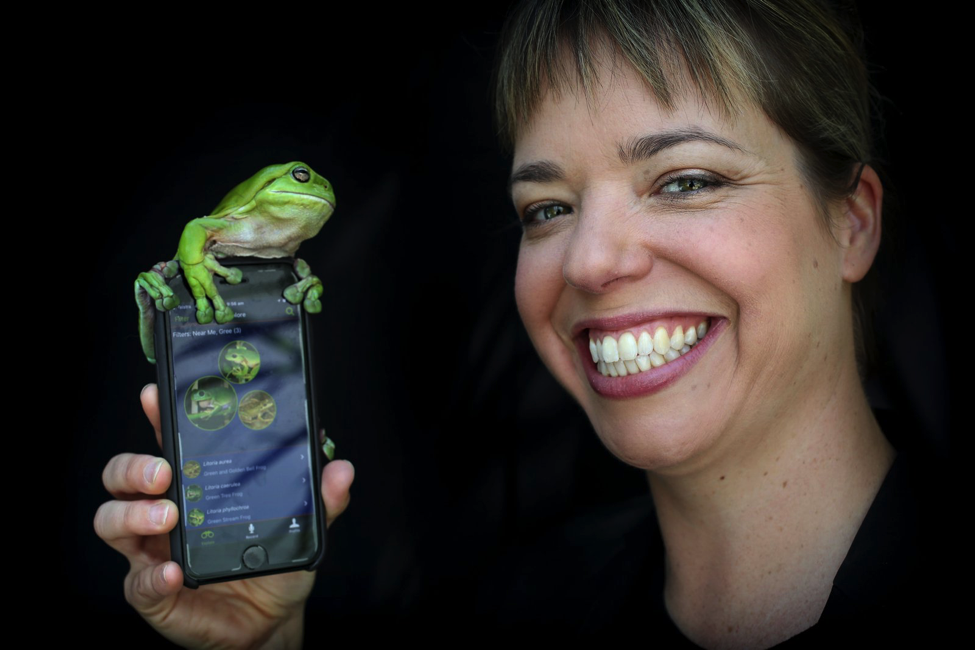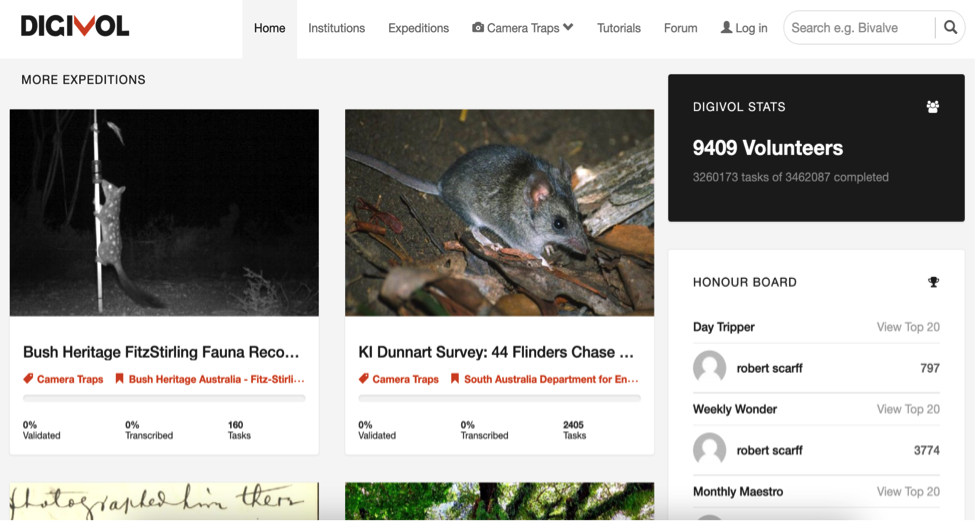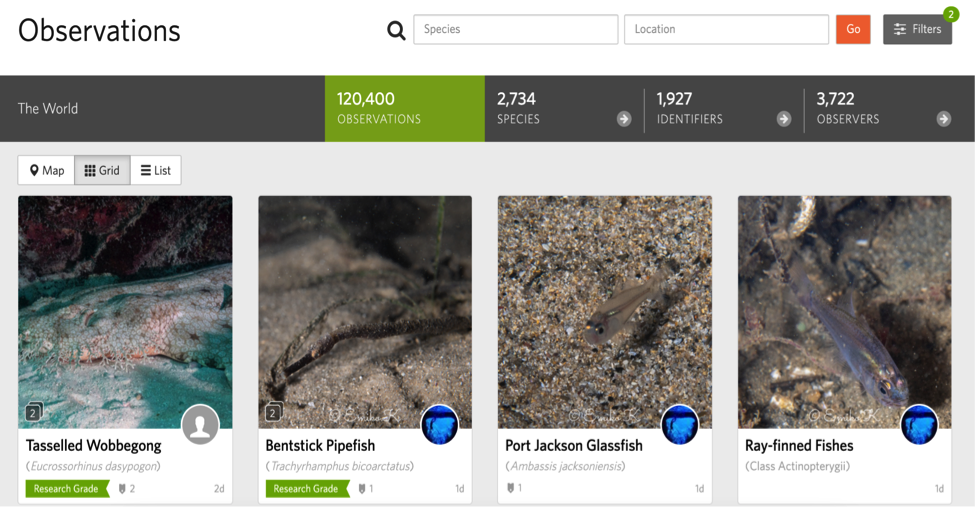Ever dream of becoming an amateur wildlife biologist or paleontologist but don’t know where to begin? Go and checkout the Citizen Science programme at The Australian Museum!
In 2015 the Australian Museum (AM) established the Australian Museum Centre for Citizen Science to oversee and coordinate its efforts in citizen science. Many of the museum’s programs highlight its scientific investigations, examine contemporary issues for which science can provide solutions, and inspire audiences to get involved and contribute. The museum uses a range of learning approaches, and the centre supports face-to-face interactions and digital initiatives to inform and create an environment that stimulates curiosity and motivates learning.
Even during the COVID-19 pandemic where physical interactions were restricted, the program broke new records in citizen participation with its many digital initiatives. As people were confined to their homes, they became more involved with science in their homes and backyards!
FrogID
Ribbit ribbit! Programs such as FrogID – a database of biodiversity records to better understand the true species diversity, distribution and breeding habitats of Australian frogs – surpassed 200,000 validated frog records. Got a keen ear for animal sounds? You could download the free app here and help count Australia’s frogs!

Dr Jodi Rowley, an amphibian biologist, with the FrogID app. Photo credits: The Australian Museum
DigiVol
DigiVol, the world’s first citizen science website for scientific data capture, has expeditions ranging from identifying wildlife in camera trap images to transcribing millions of specimens and historical objects. Got a keen eye for detail? Register here to join one of the DigiVol programs!

Check out https://digivol.ala.org.au/ for various expeditions from spotting wildlife to transcribing ancient documents.
Australasian Fishes
What’s great about these programs is that they are not just limited to land-based research. You can even participate in underwater research such as the Australasian Fishes project, where you can join thousands of citizen scientists in visually identifying fishes to help researchers map their distributions and investigate their changes in growth, pattern and shape.

Help observe and identify thousands of fish species on https://www.inaturalist.org/projects/australasian-fishes.
Date a Fossil
Stuck at home and can’t go out on dates? Make a date with fossils online instead! You can even get to call yourself an amateur paleontologist. Tons of exciting and meaningful research await you at AM’s citizen science website, and they’re even available on free mobile apps, be sure to check them out for perfect activities at home during COVID-19 lockdowns.
The Australian Museum has a passion and mission to cater to curious and motivated people keen in being involved with citizen science. No need to spend years earning a research science degree, you can now make a difference in biodiversity research with just one simple click!




































